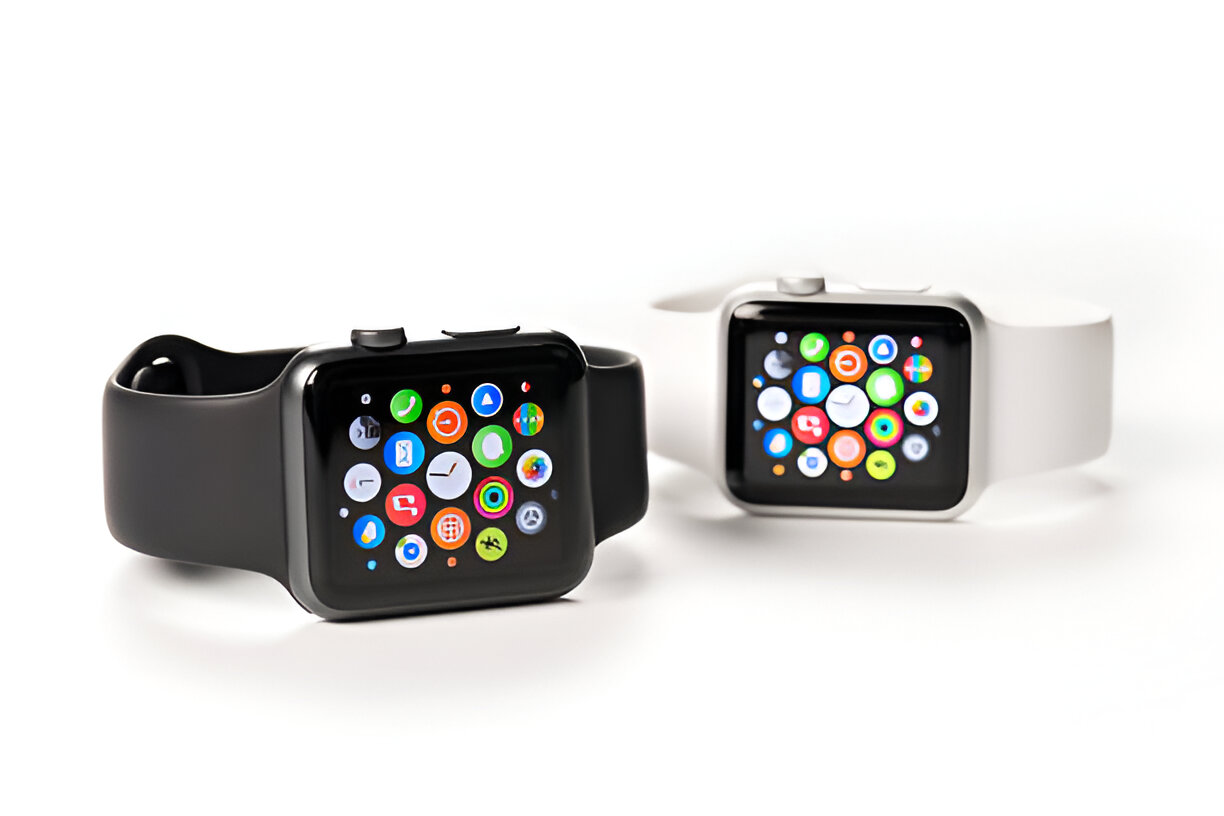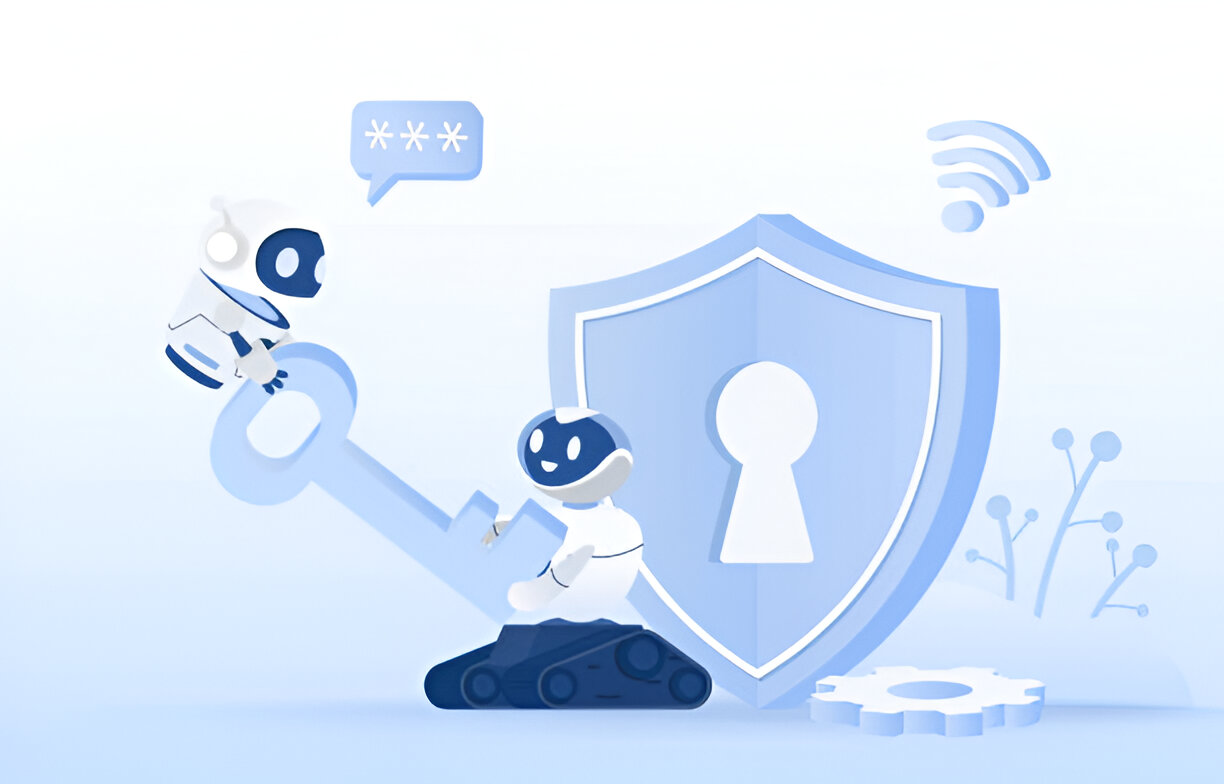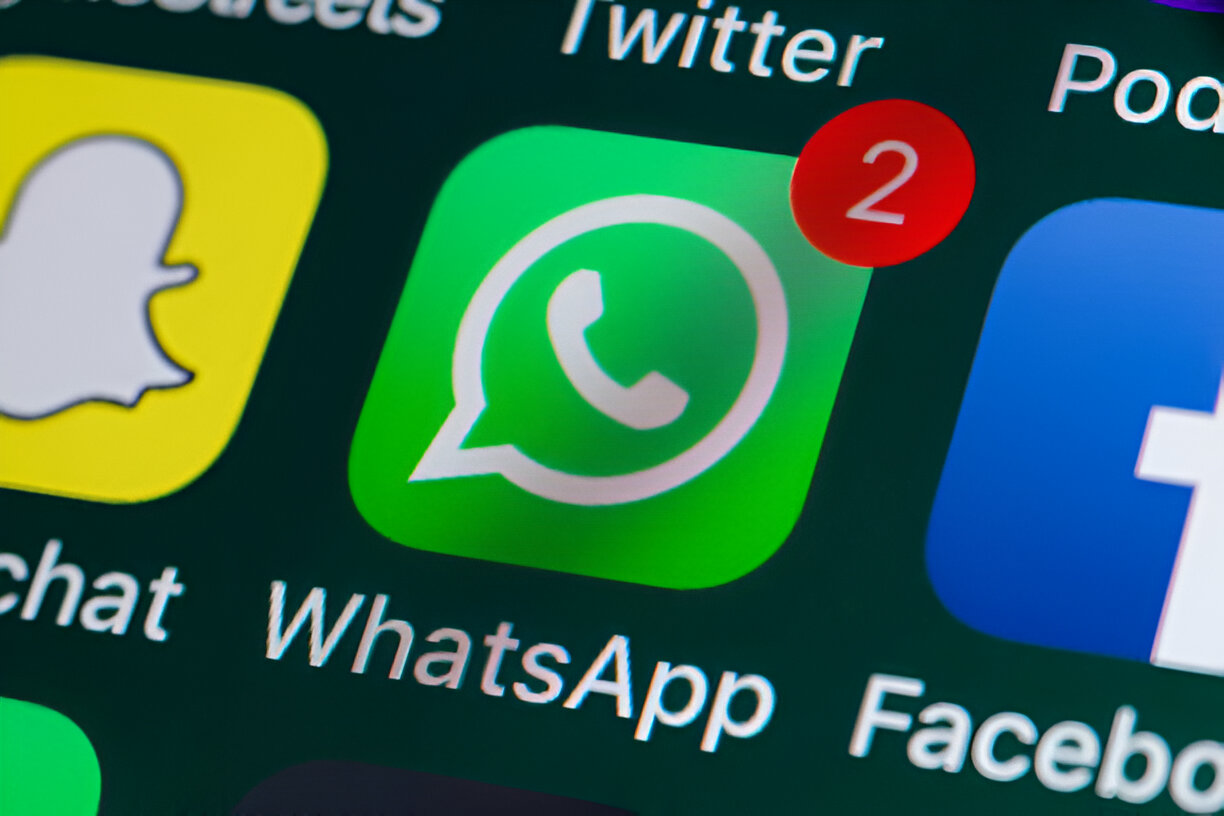
Exploring WhatsApp’s Voice Transcript Revolution
In a world of instant communication, every second matters and clarity is key. Messaging apps are always changing to meet our needs. Introducing WhatsApp’s new voice transcript feature. This innovation is changing how we chat and connect.
Imagine sending a quick voice note while you are busy. You find a perfectly transcribed message waiting for your friends or colleagues. No more deciphering muffled audio or replaying messages; now you can read it all in an instant!
Join us as we explore this exciting development. WhatsApp’s voice transcript technology will change how we message. It will redefine communication in our fast-paced digital world. Buckle up for a journey into the future of messaging—you won’t want to miss what’s coming next!
Introduction to the Future of Messaging
Messaging has transformed dramatically over the years, evolving from simple text exchanges to rich multimedia experiences. As we look ahead, one platform stands out in this evolution: WhatsApp. Known for its user-friendly interface and global reach, it is constantly pushing boundaries to enhance communication.
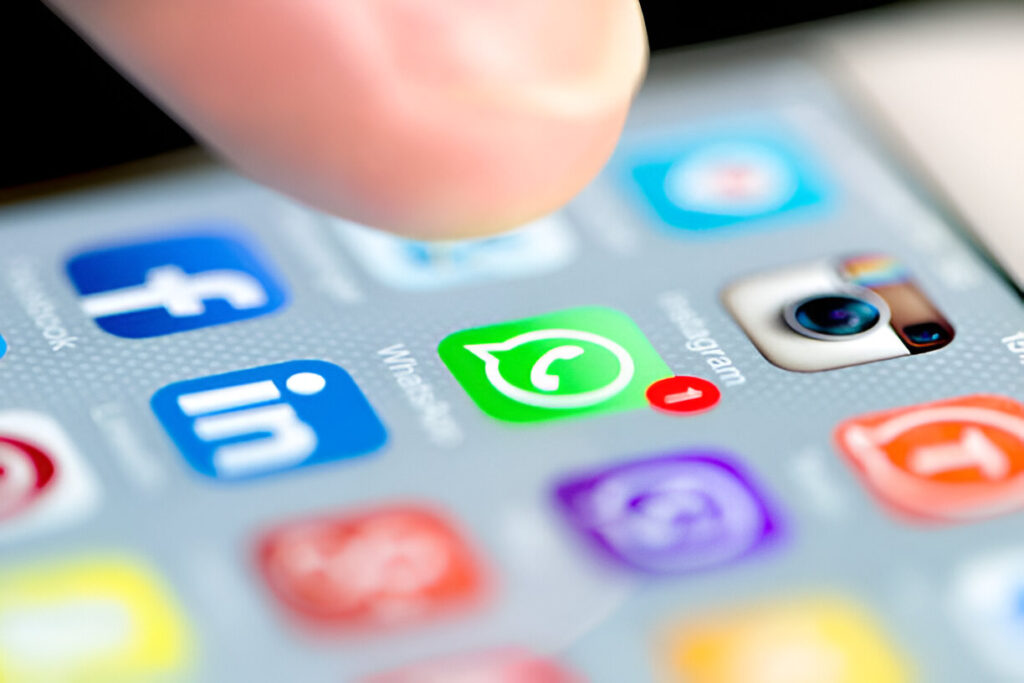
One of the most exciting developments on WhatsApp is the rise of voice messages. These audio snippets offer a personal touch that text often lacks. But what if you could read those voice messages instead of listening? That’s where the voice transcript revolution comes into play—a game-changer for millions who rely on WhatsApp daily.
As we dive deeper into this innovation, let’s explore how WhatsApp’s new features are reshaping communication dynamics and accessibility across diverse communities. The future of messaging is here, and it’s time to unpack what it means for users worldwide.
Evolution and Growth of WhatsApp
WhatsApp started as a simple messaging app in 2009, created by two former Yahoo employees. It aimed to offer a streamlined way for users to communicate without the hassle of SMS fees.
Its growth was meteoric. In just a few years, millions of people liked its easy-to-use design. They enjoyed features like group chats and sharing media.
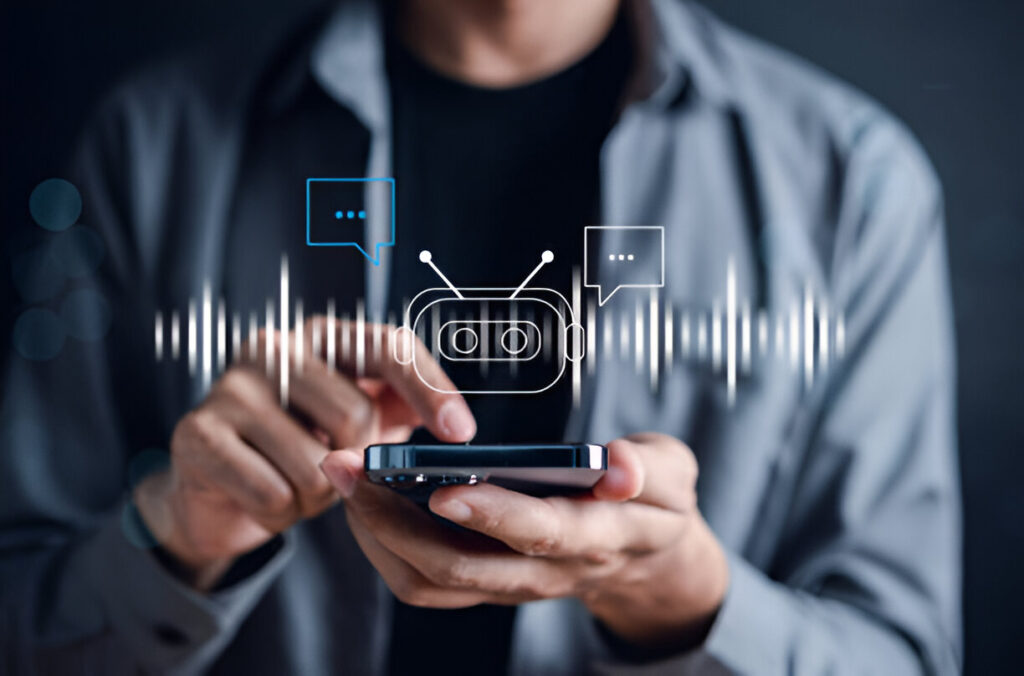
In 2014, Facebook acquired WhatsApp for $19 billion, marking a significant milestone. This acquisition provided the resources needed to enhance security and add new functionalities.
The introduction of voice messages transformed how people interacted on the platform. Users quickly adapted to sending quick audio notes instead of typing lengthy texts.
Today, WhatsApp boasts over 2 billion active users worldwide. Its ongoing development keeps it at the top of digital communication trends. This makes it a vital tool for both personal and professional use.
The Voice Transcript Revolution: What is it?
The voice transcript revolution marks a significant shift in how we communicate. With the rise of WhatsApp, users increasingly rely on voice messages as their go-to method for quick exchanges.
Voice transcripts convert these audio snippets into text, making conversations more accessible and easier to reference. This innovative feature allows users to catch up on chats without listening to lengthy recordings.

Imagine being able to read what your friends or colleagues said while multitasking! No more pausing or rewinding; scroll through the text.
This transformation enhances inclusivity, too. Those with hearing impairments can engage in discussions effortlessly, bridging gaps that traditional messaging sometimes leaves open.
As technology continues evolving, platforms like WhatsApp redefine our communication landscape by integrating features that cater to diverse needs and preferences. The potential is vast and exciting.
How Does WhatsApp’s Voice Transcript Work?
WhatsApp’s voice transcript feature operates through advanced speech recognition technology. When a user sends a voice message, the app converts spoken words into text.
This process begins as soon as someone sends the recording. Sophisticated algorithms analyze the audio file to detect phonetics and context.

Once processed, users receive an automatically generated text version of their message. This allows for easy reading without listening to the audio clip.
The system supports multiple languages, making it accessible to diverse users around the globe. It adds convenience, especially in noisy environments where listening may not be feasible.
However, accuracy can vary depending on clarity and accents. We encourage users to review transcripts for any potential errors before they send or share them further.
Benefits and Drawbacks of Voice Transcripts on WhatsApp
Voice transcripts on WhatsApp bring a host of benefits. For starters, they enhance accessibility. Users who may have hearing impairments can easily read the content of voice messages. This feature also caters to those in situations where listening isn’t feasible, such as during meetings.
Moreover, it improves communication efficiency. Reading a transcript is often quicker than replaying audio multiple times for clarity.
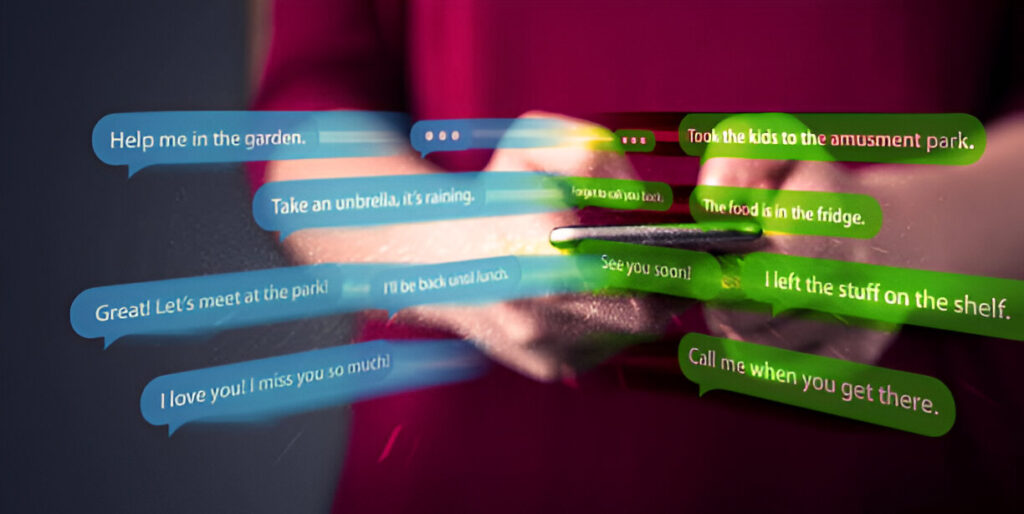
However, there are drawbacks, too. Transcripts aren’t always 100% accurate and can misinterpret words or phrases, leading to confusion.
Additionally, some users may find that relying heavily on text reduces the emotional tone conveyed in spoken messages. Transcription can lose the nuances of speech—like intonation and emphasis.
Lastly, redundancy might creep into conversations if users rely too much on reading rather than engaging with voice messages directly.
Impact on Communication and Accessibility
WhatsApp’s voice transcript feature is changing the way we communicate. People can now read what was said in a voice message, making conversations more accessible for everyone.
This innovation benefits those who may have difficulty hearing or understanding spoken words. They can follow along more easily with written text. It helps bridge communication gaps, especially in diverse environments where different languages are spoken.
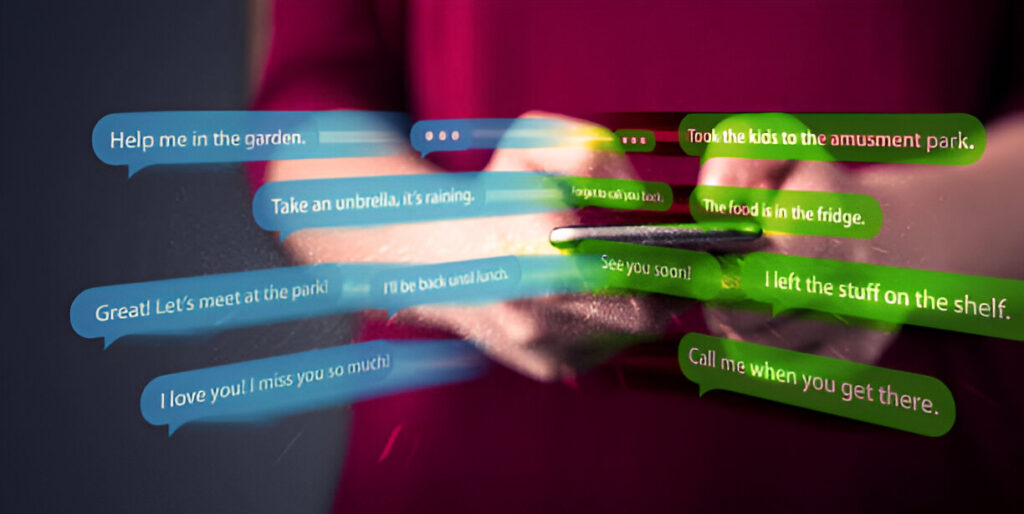
Furthermore, it encourages inclusivity for people with disabilities. The ability to convert speech into text makes interactions smoother and less frustrating.
For busy individuals, reading transcripts saves time when listening isn’t possible. You can quickly scan messages during meetings or while multitasking without missing important updates.
Overall, WhatsApp’s commitment to accessibility enhances user experience and fosters clearer connections between friends, family, and colleagues alike.
Privacy Concerns and Controversies Surrounding Voice Transcripts on WhatsApp
As WhatsApp enhances its features, privacy concerns loom large. The introduction of voice transcripts raises questions about data security and user consent.
Users wonder where their audio files go once transcribed. Are they stored securely or shared with third parties? This uncertainty can deter individuals from utilizing the feature.

Moreover, the potential for misinterpretation adds to the anxiety. A transcript may not capture tone or emotion accurately, leading to misunderstandings in sensitive conversations.
Controversies also arise around accessibility versus confidentiality. While some users appreciate having a written record, others fear this transparency could compromise their private discussions.
WhatsApp faces scrutiny as it balances innovation with user trust. Ensuring robust encryption and clear policies will be essential for overcoming these challenges while maintaining user confidence in the platform’s messaging capabilities.
Future Predictions for WhatsApp and Messaging as a Whole
As we look ahead, the landscape of messaging is poised for transformative changes. WhatsApp stands at the forefront, leading innovations that will redefine how we communicate.
One prediction is enhanced integration with artificial intelligence. AI-powered chatbots could streamline customer service and provide instant responses, improving user experience dramatically.
Moreover, as remote work becomes a staple, WhatsApp may evolve to support more collaborative features. Think of shared documents and real-time project management within chats.
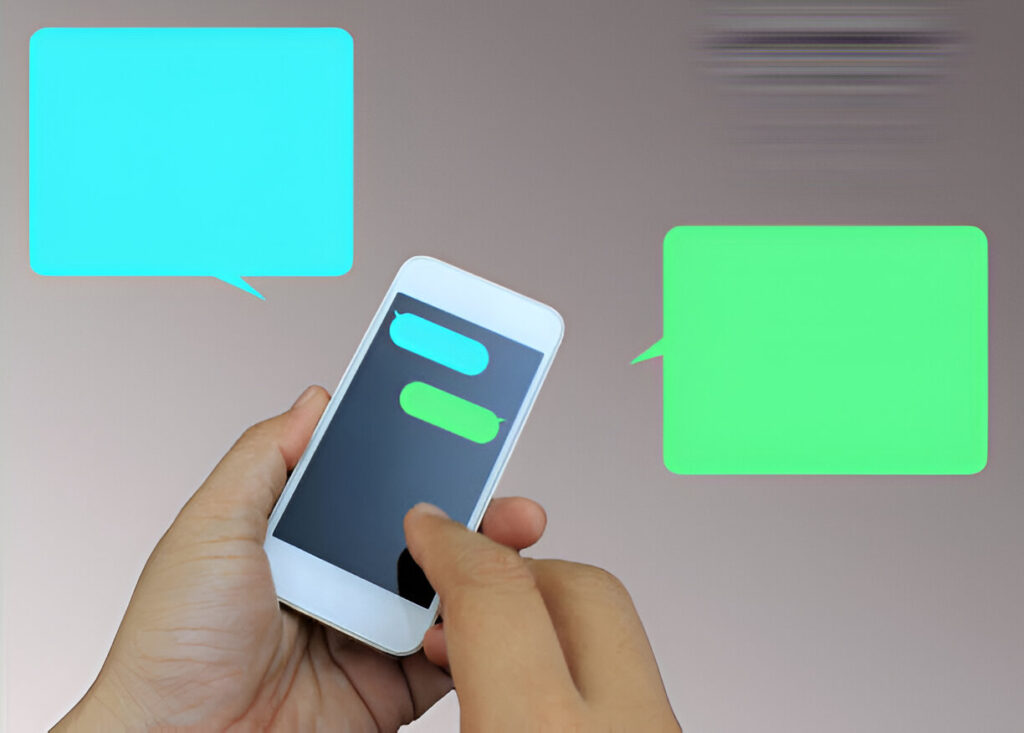
The rise of immersive technologies like augmented reality also hints at exciting possibilities. Imagine sending voice messages embedded with AR visuals that complement your words.
Security advancements are likely to take centre stage, too. Users demand better privacy controls, and end-to-end encryption enhancements will continue evolving in response to those needs.
Lastly, cross-platform functionality might see significant strides. Seamless communication between various devices can make WhatsApp an even more indispensable tool in our daily lives.
Conclusion
The landscape of messaging is undeniably evolving, with WhatsApp leading the charge. The introduction of voice transcripts marks a significant shift in how we communicate. It enhances accessibility and allows users to engage with content more efficiently.
As we embrace this technology, it’s essential to weigh its benefits against potential drawbacks. Improved communication convenience can sometimes clash with privacy concerns, reminding us that every innovation comes with its challenges.
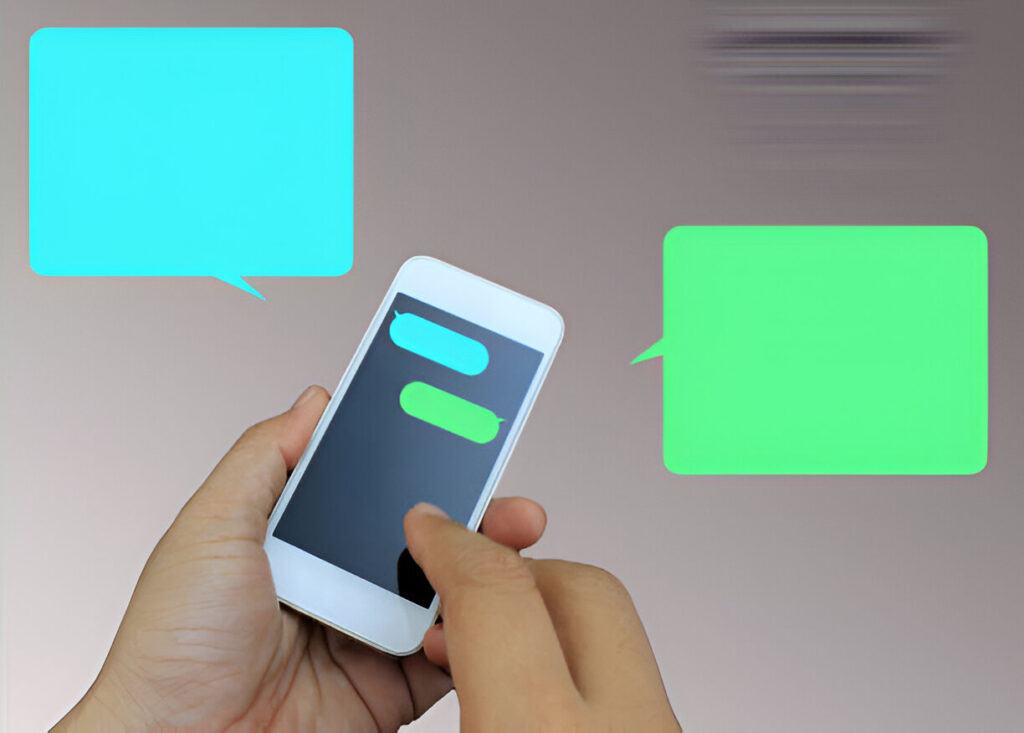
Looking ahead, WhatsApp’s voice transcript feature could pave the way for further advancements in messaging apps. As user needs continue to evolve, so too will the technologies designed to meet those demands. Whether you’re using WhatsApp on your phone or accessing it through WhatsApp Web, staying informed about these innovations will enhance your experience.
The future holds exciting possibilities for both individuals and businesses as they adapt to new ways of connecting and sharing information seamlessly across various platforms.





